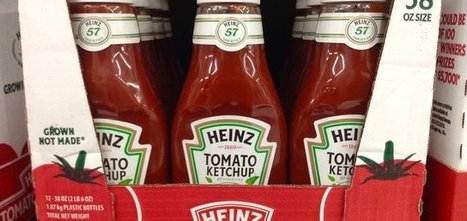t every marketing effort can be a success, that’s why there’s testing and optimization programs – to find what works and build on those wins and learn from those losses. And usually when things don’t totally go as planned, the result is more, "meh," than "time to break the panic glass."
But then there are situations marketers never want to find themselves in, whether it’s a social media meltdown of their own creation or worse, a full-blown crisis.
Here are cautionary tales from 2015 where marketing definitely went wrong... in a major way
Research and publish the best content.
Get Started for FREE
Sign up with Facebook Sign up with X
I don't have a Facebook or a X account
Already have an account: Login
Social marketing, PR insight & thought leadership - from The PR Coach
Curated by
Jeff Domansky
 Your new post is loading... Your new post is loading...
 Your new post is loading... Your new post is loading...
|
|












Big marketing screw ups abounded in 2015 and these four were among them.